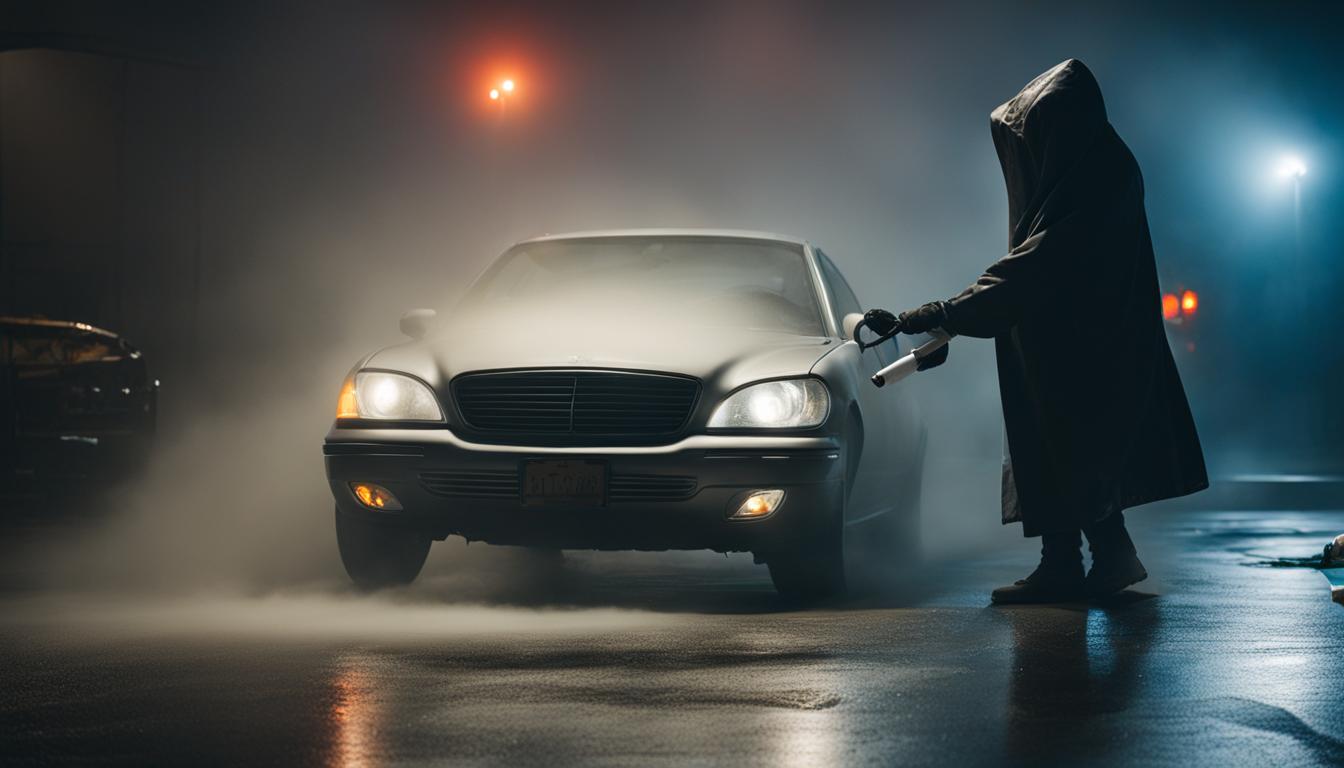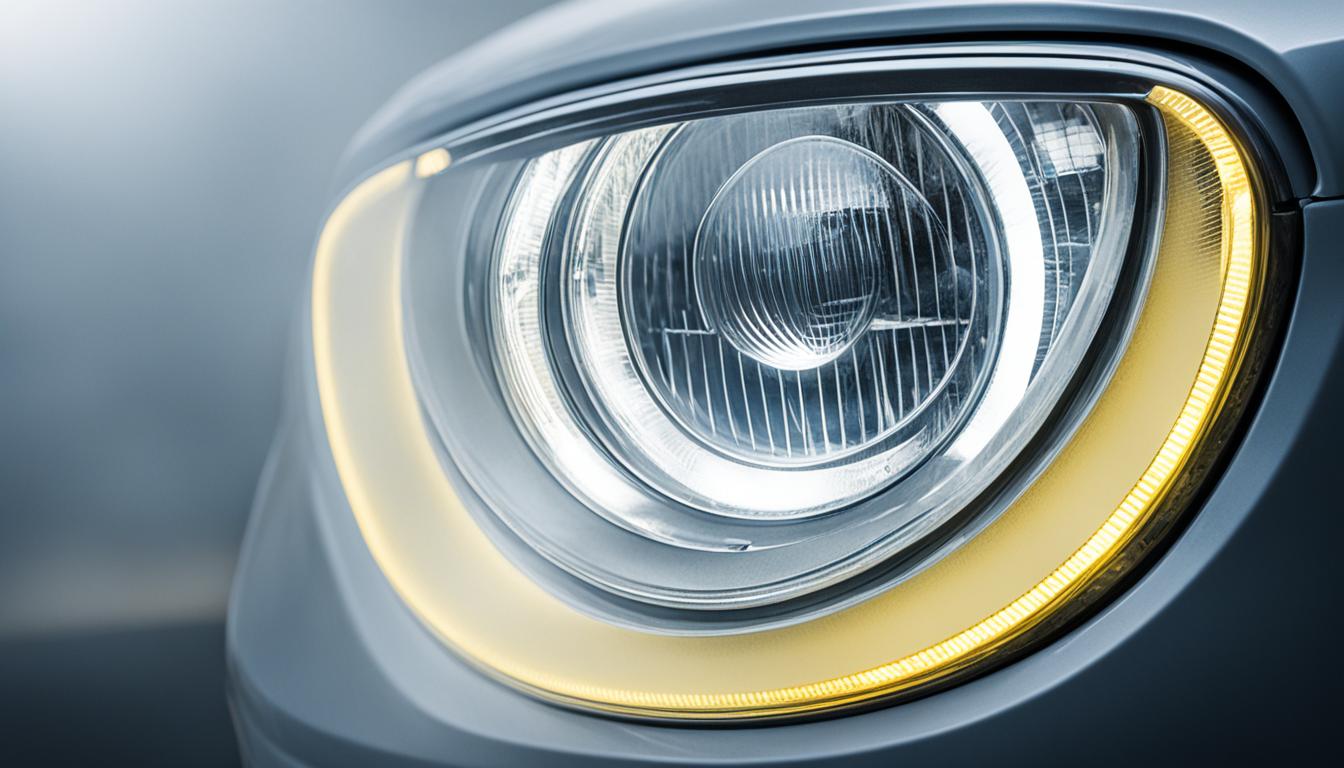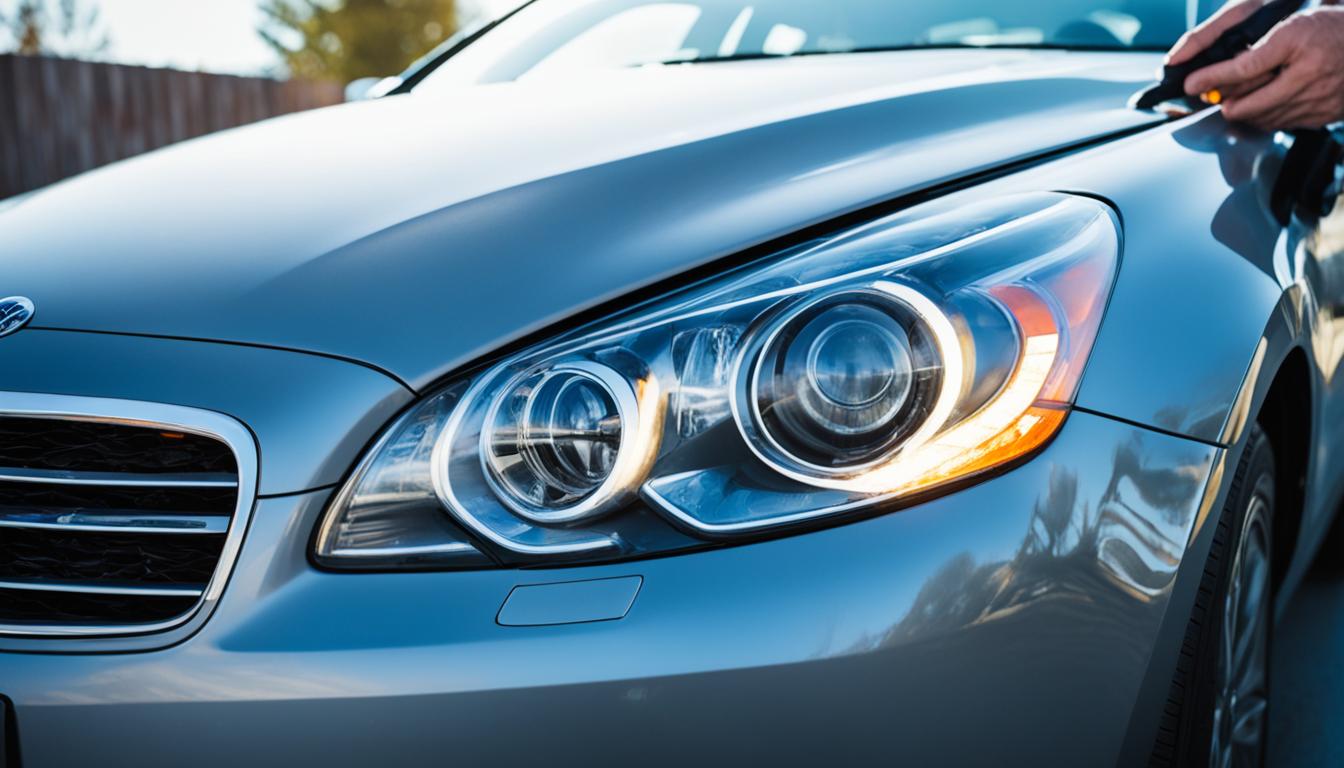Cloudy Headlights Restoration

The Causes of Cloudy Headlights and How to Restore Them
Did you know that foggy headlights can reduce your visibility on the road by up to 80%? That's right, those hazy lenses could significantly impact your ability to see and be seen while driving. But fret not, because there are effective ways to restore your cloudy headlights and improve your driving experience.

Over time, the polycarbonate plastic lenses of headlights can break down and degrade due to exposure to UV rays from the sun. This degradation leads to foggy headlights that emit a less potent, yellowish light, making it harder to see the road ahead. Thankfully, cleaning foggy headlights is a fairly easy process that can be done using specific products like headlight restoration kits or even common household items like toothpaste and baking soda.
By removing debris, applying a cleanser, using a brush to remove the fog, and buffing away any residual cleanser, you can restore your headlights to their former glory. After the cleaning process, you'll notice increased visibility and brighter, whiter headlights, allowing you to drive safely and confidently, even during nighttime.
Key Takeaways:
- Foggy headlights can reduce visibility on the road by up to 80%.
- The degradation of headlights is caused by exposure to UV rays.
- Headlight restoration kits or household items like toothpaste and baking soda can be used to clean foggy headlights.
- The cleaning process involves removing debris, applying a cleanser, using a brush to remove the fog, and buffing away any residual cleanser.
- Restoring foggy headlights improves visibility and restores the brightness of the headlights.
Reasons Behind Cloudy Headlights
Cloudy headlights can be a nuisance, affecting not only the appearance of your vehicle but also your safety on the road. Understanding the causes of cloudy headlights can help you prevent and address this issue effectively. Here are the main factors behind cloudy headlights:
- UV Light Exposure:
Acrylic headlights are particularly vulnerable to oxidation when exposed to UV light. Over time, the hard plastic begins to yellow, resulting in cloudy headlights. This exposure to sunlight is a common occurrence for vehicles parked outside for extended periods.
- Flying Debris:
Gravel, road salt, and various flying debris can take a toll on your headlights. These elements wear down the top coat of your headlights, creating pits and scratches. This damage contributes to the cloudy appearance of the headlights.
- Accumulated Dirt and Chemicals:
As you drive, a thin layer of dirt, chemicals, and road grime can accumulate on the lenses of your headlights. This layer further diminishes the beam of light emitted by the headlights, resulting in reduced visibility.
- Breakage of the Watertight Seal:
Headlights are designed to be watertight, preventing water from entering the lens. However, when the seal breaks, condensation can form inside the lens. This condensation scatters the beam of light, impairing nighttime visibility and contributing to the cloudy appearance of the headlights.
To give you a visual representation, here's an image of cloudy headlights:

As you can see, these factors can significantly impact the clarity and brightness of your headlights, making it essential to address them promptly.
Restoration Methods for Cloudy Headlights
To maintain clear and bright headlights, it is essential to take preventive measures and employ effective restoration methods. Here are some recommended practices:
1. Preventive Measures:
To prevent headlights from turning yellow, park your car in the shade or face the headlights away from the sun when parking outside. This helps minimize the exposure to harmful UV rays that lead to degradation.
2. Regular Cleaning:
Regularly washing the headlights with automotive soap and warm water can help remove dirt, debris, and chemicals that promote fogging. Use a soft cloth or sponge to gently scrub the lenses and ensure a thorough cleaning.
3. Polishing and Restoration:
For early signs of yellowing, you can restore the clarity of your headlights by polishing them using a non-abrasive polishing medium and a microfiber cloth. This process helps remove surface oxidation and improves visibility. Alternatively, you can try DIY treatments such as using baking soda paste, toothpaste, or soaking the lenses in white vinegar to remove haze.
4. Professional Restoration:
If your headlights require more extensive restoration, it's advisable to seek professional help. Professional headlight restoration involves sanding the headlights to remove deep scratches, polishing to restore clarity, and sealing with a clear coat for long-lasting protection. Additionally, professionals can fix the watertight seal to prevent condensation and improve visibility.
By employing these restoration methods, you can significantly improve the light output of your headlights. While DIY treatments can improve light output to about 70% of new lights, replacing them with original equipment parts ensures a complete restoration with 100% light output.
